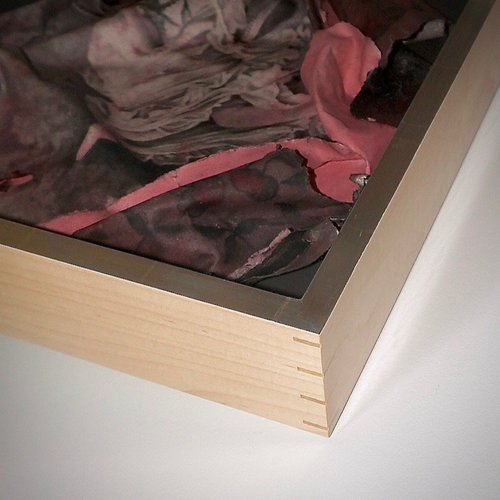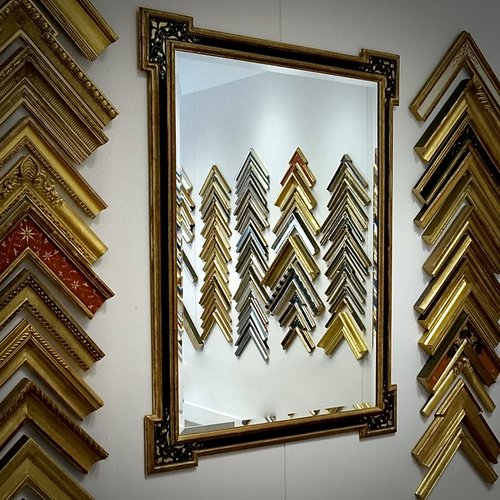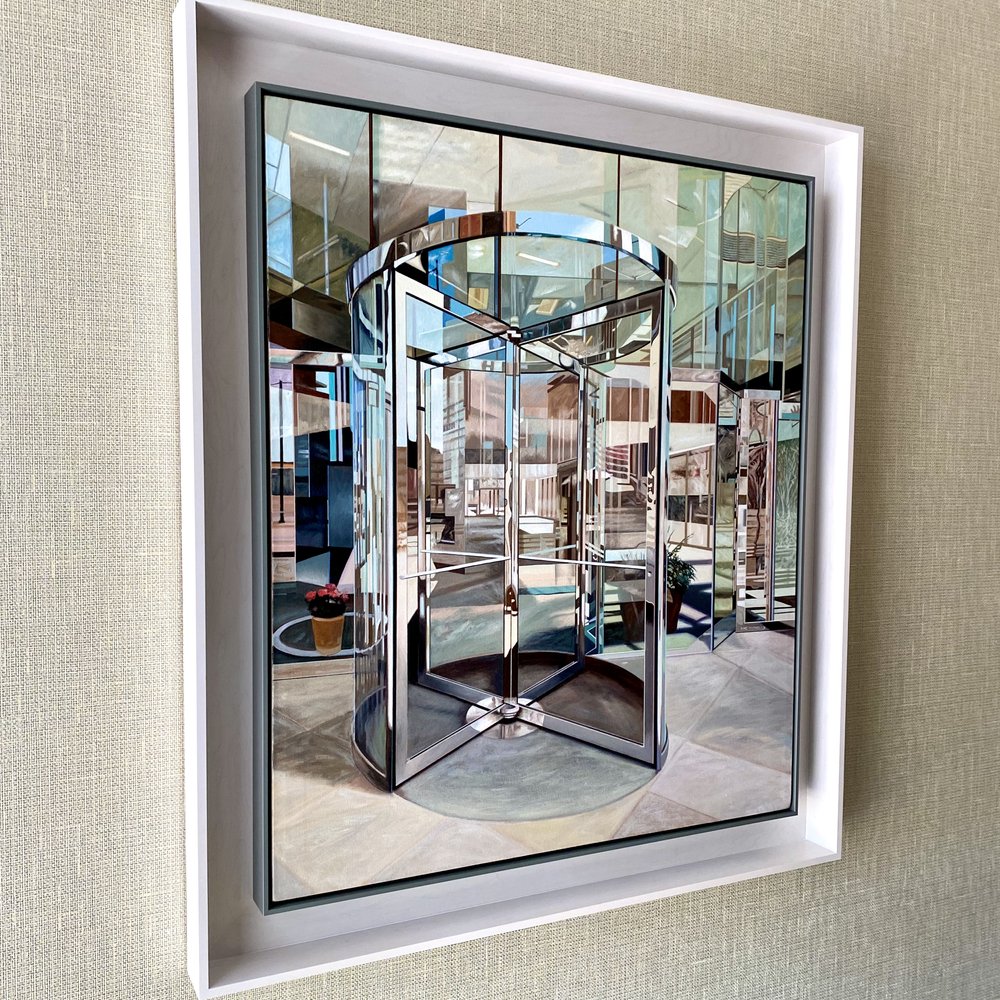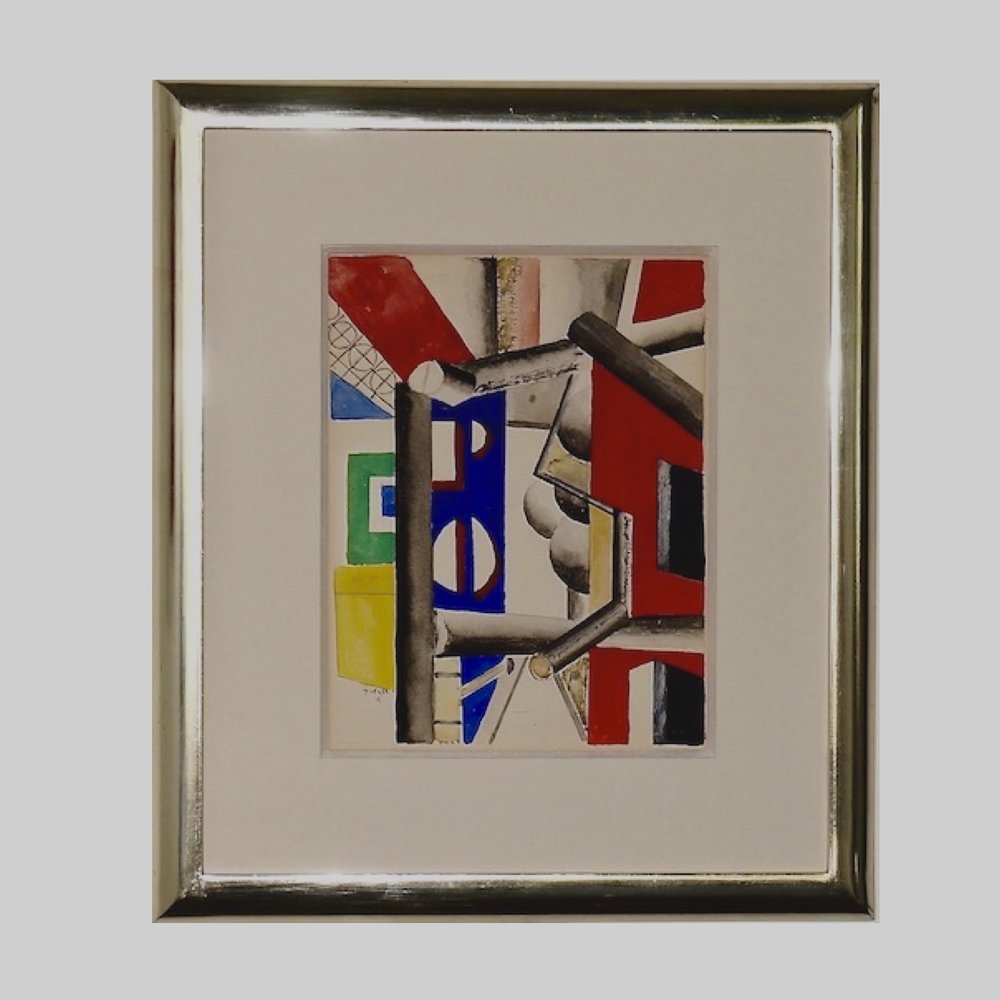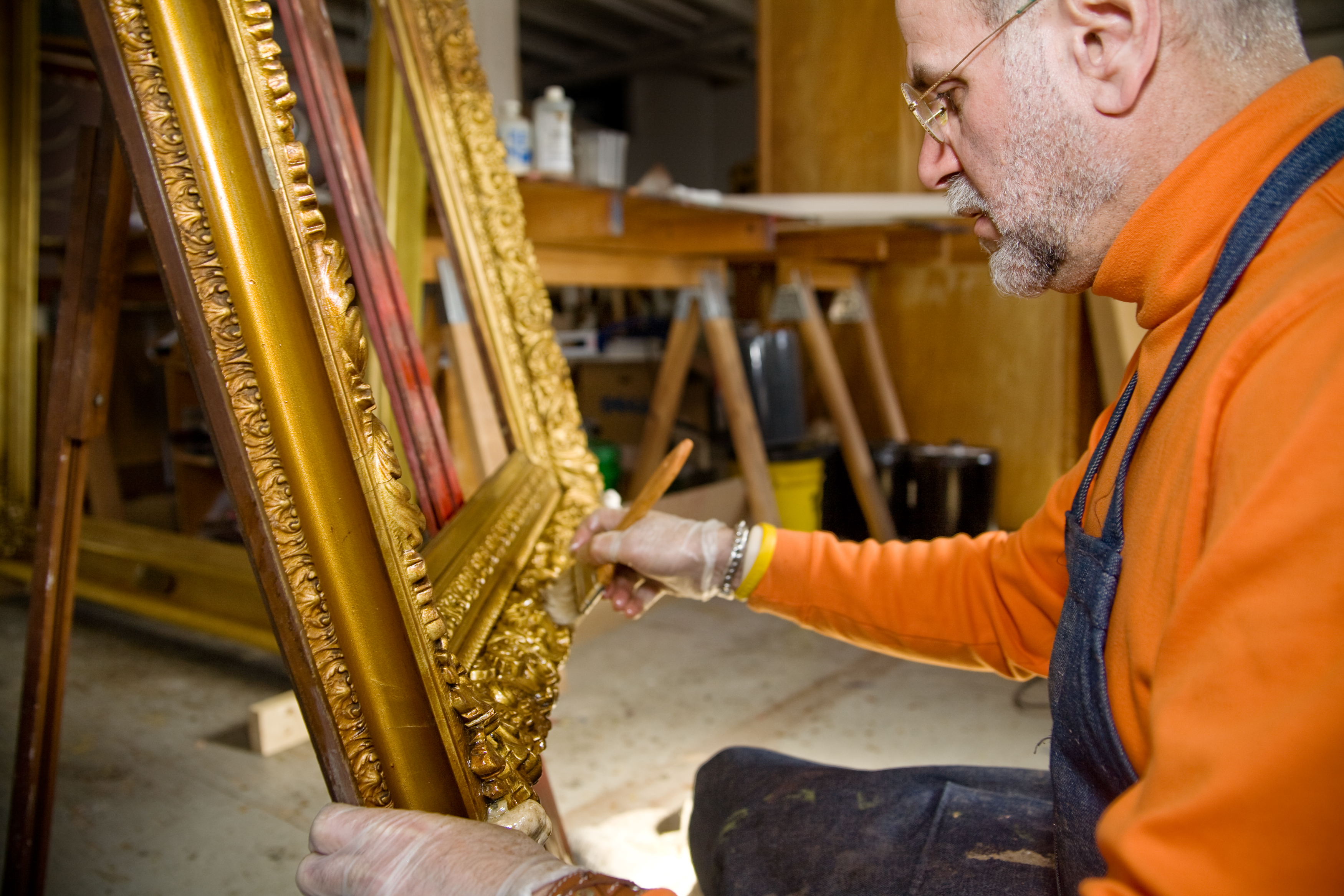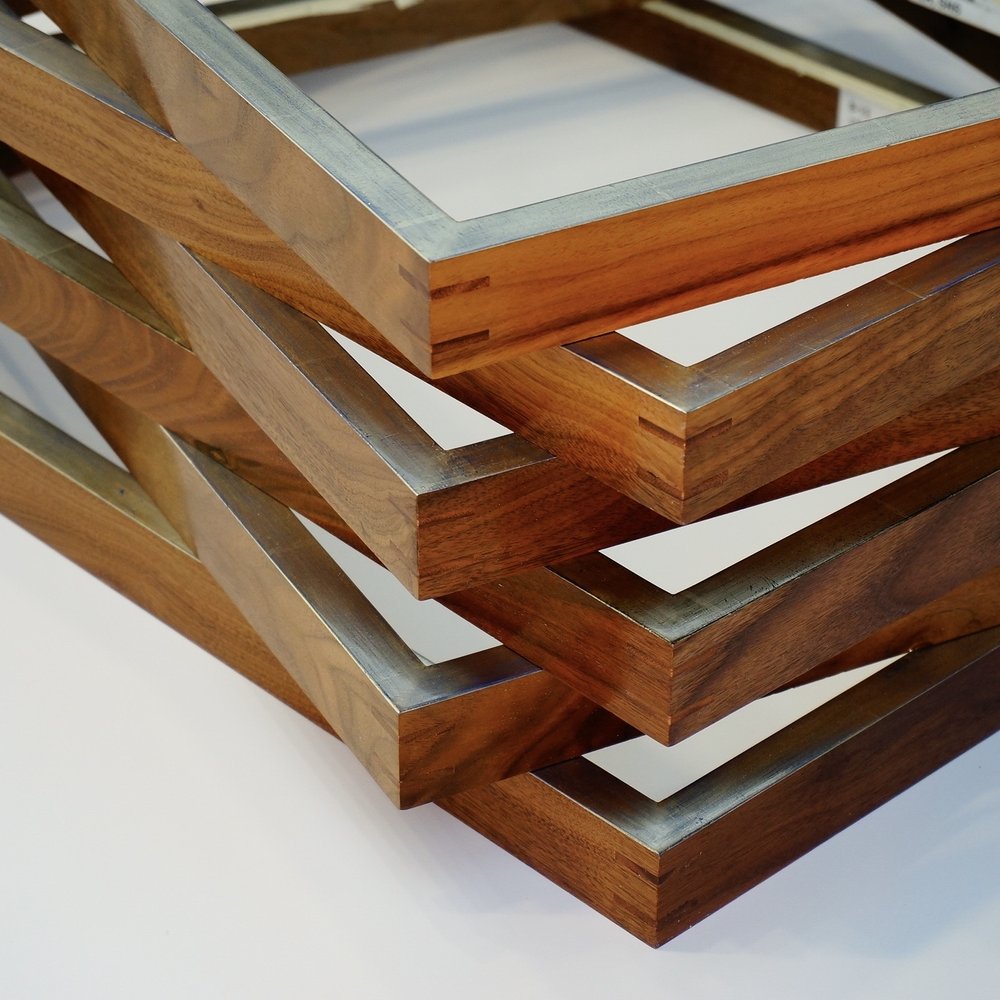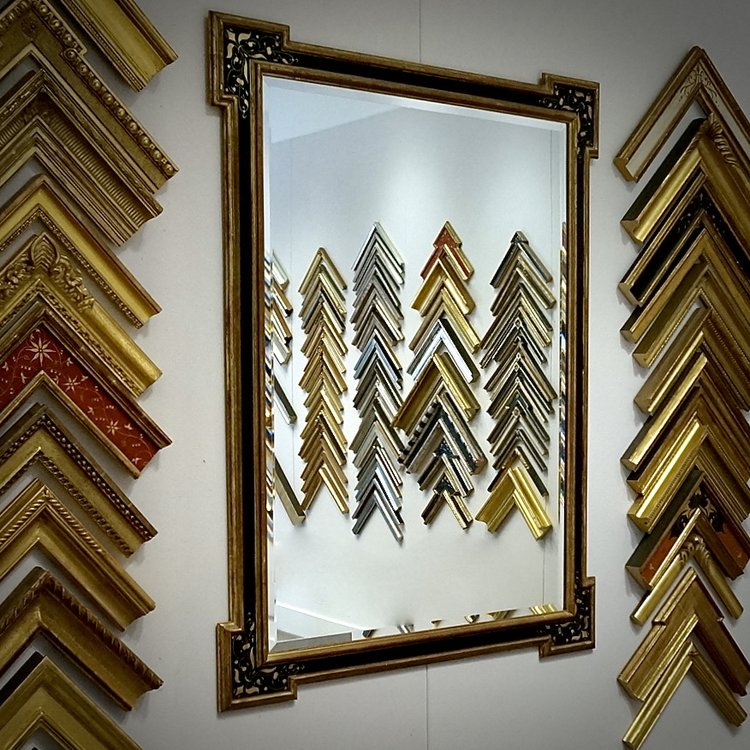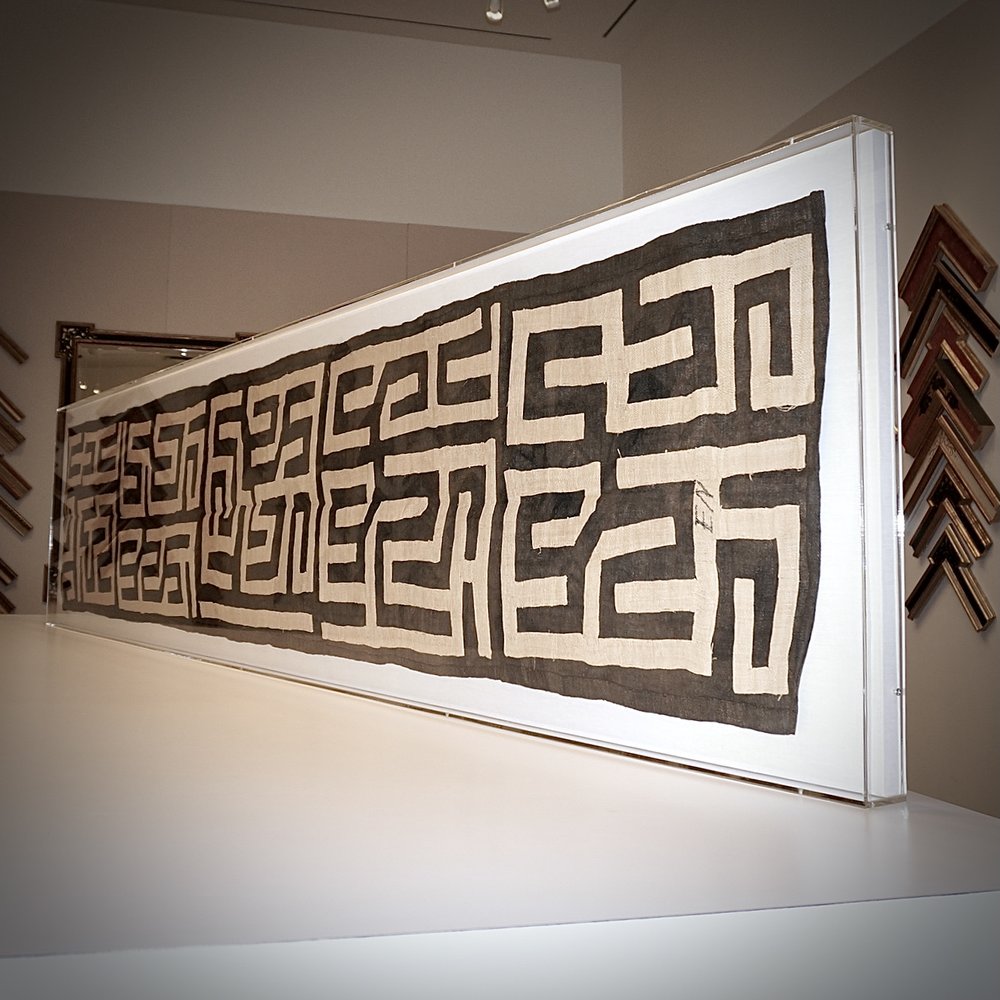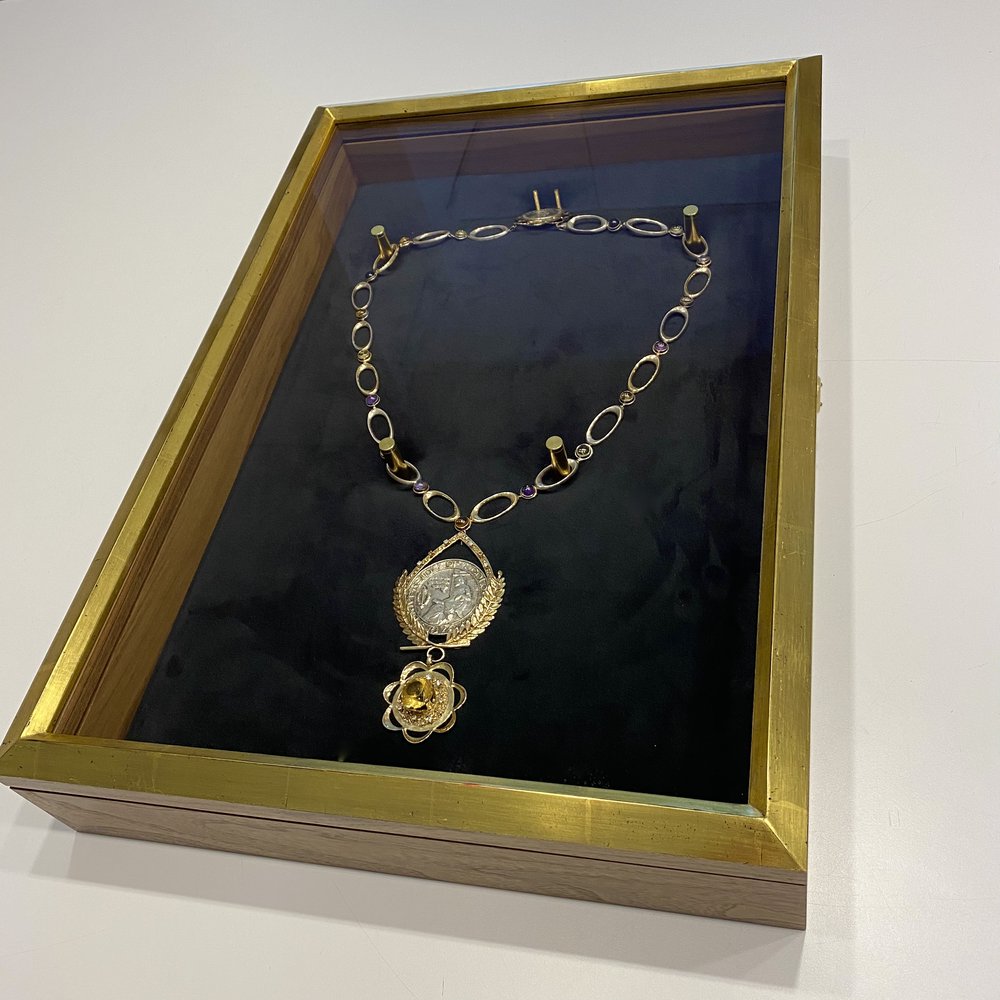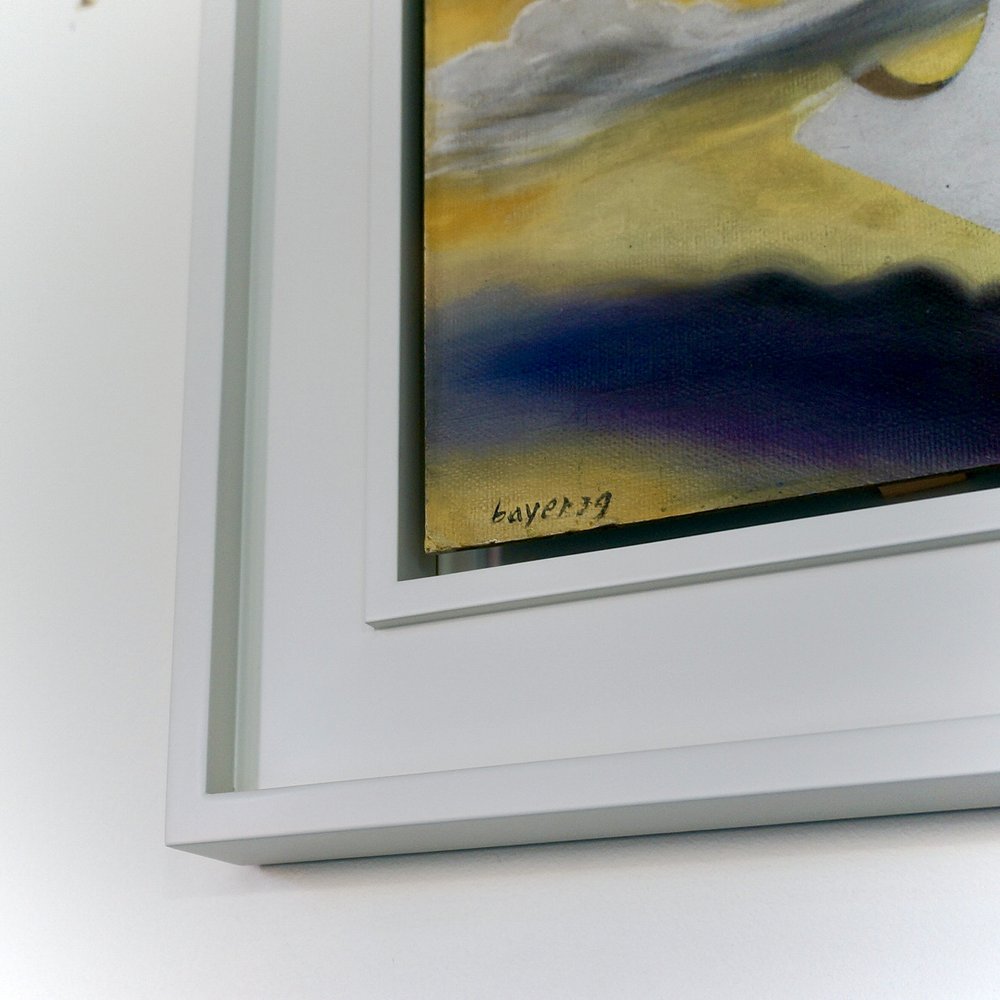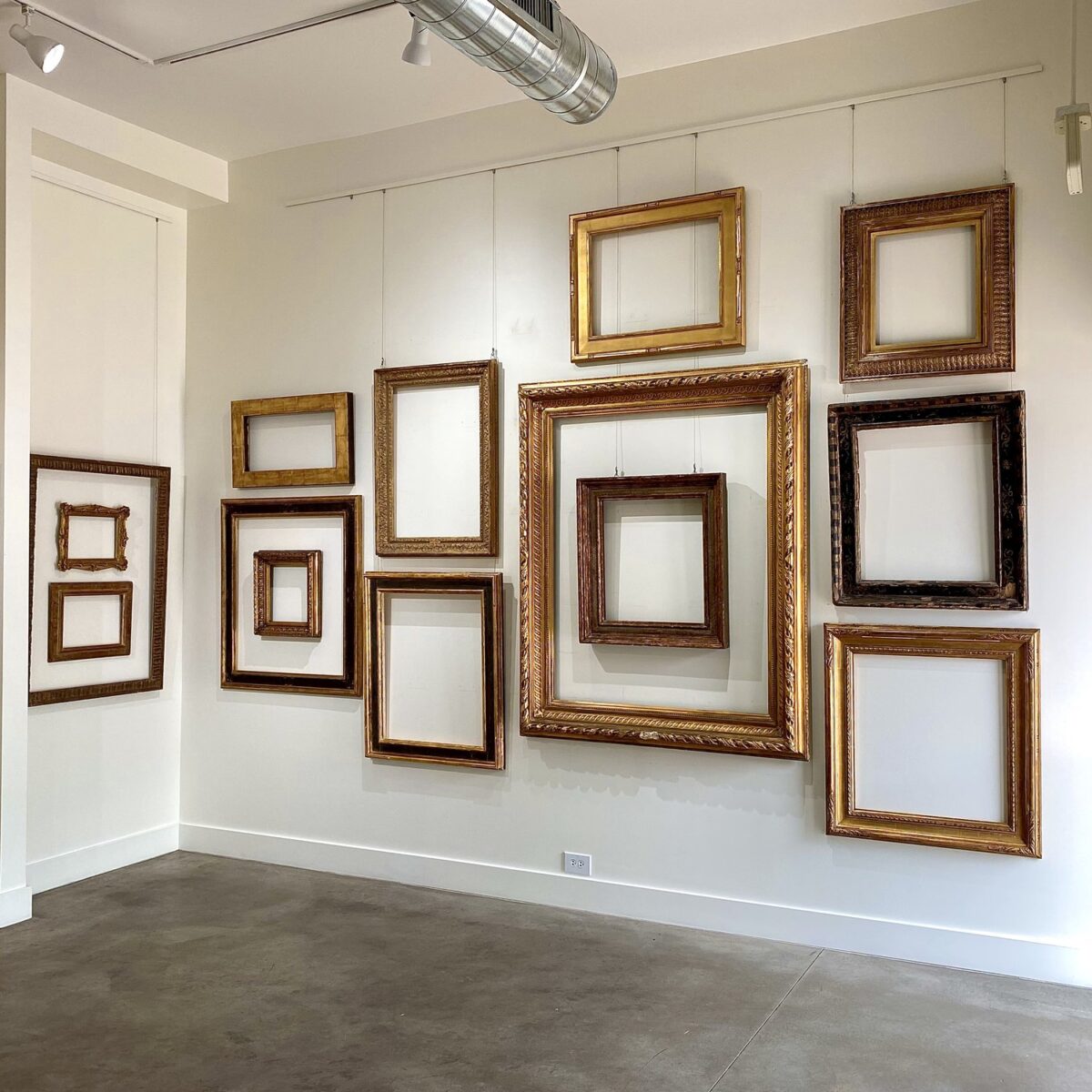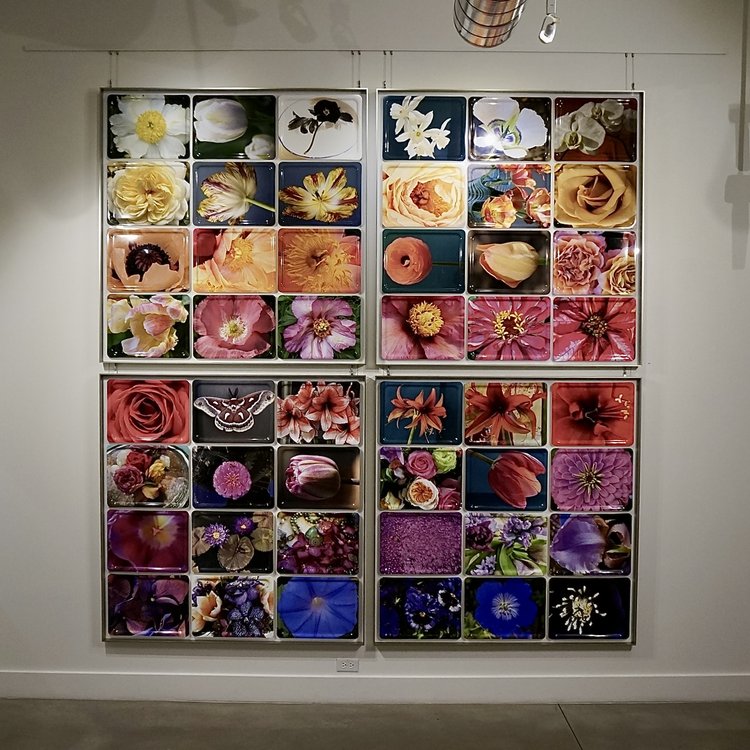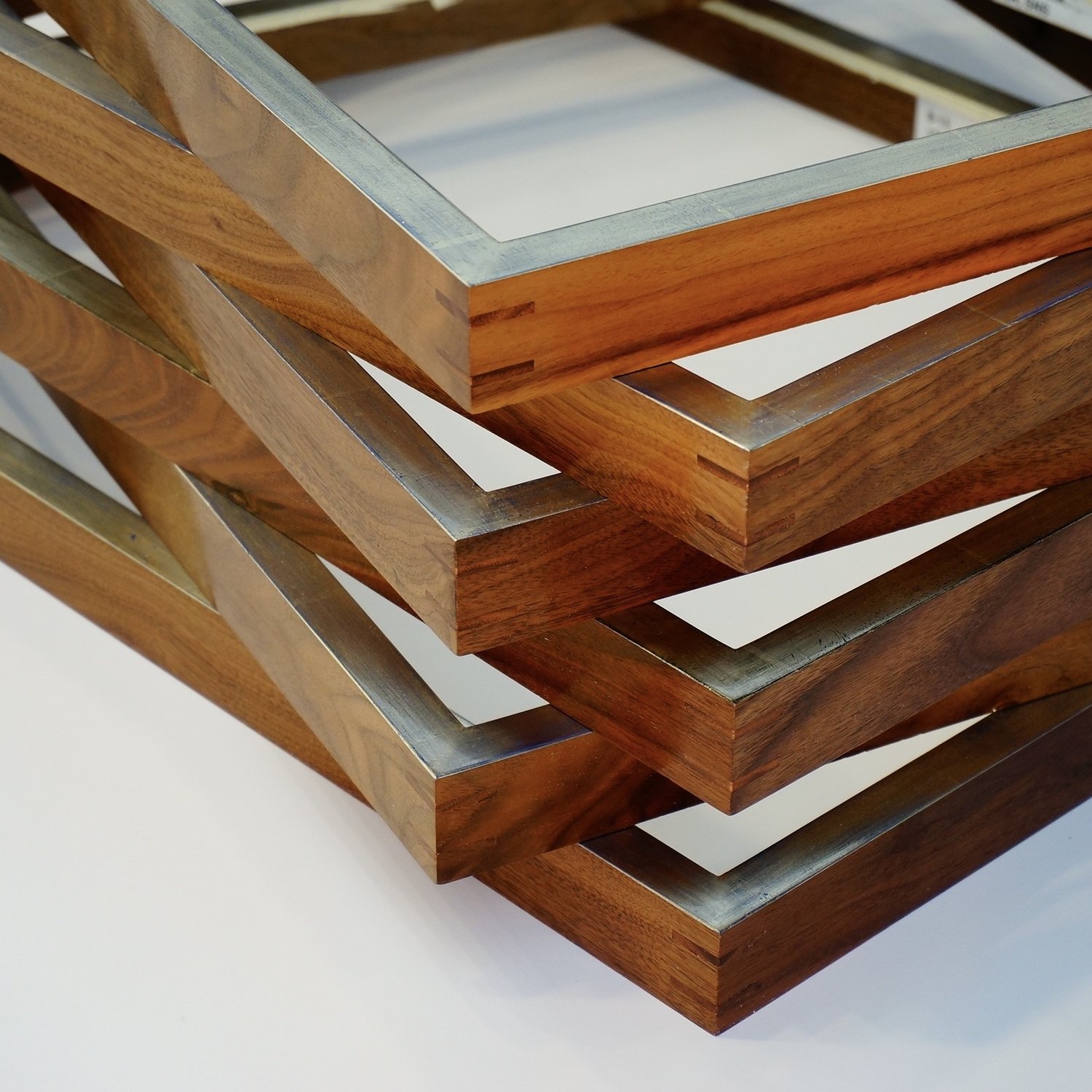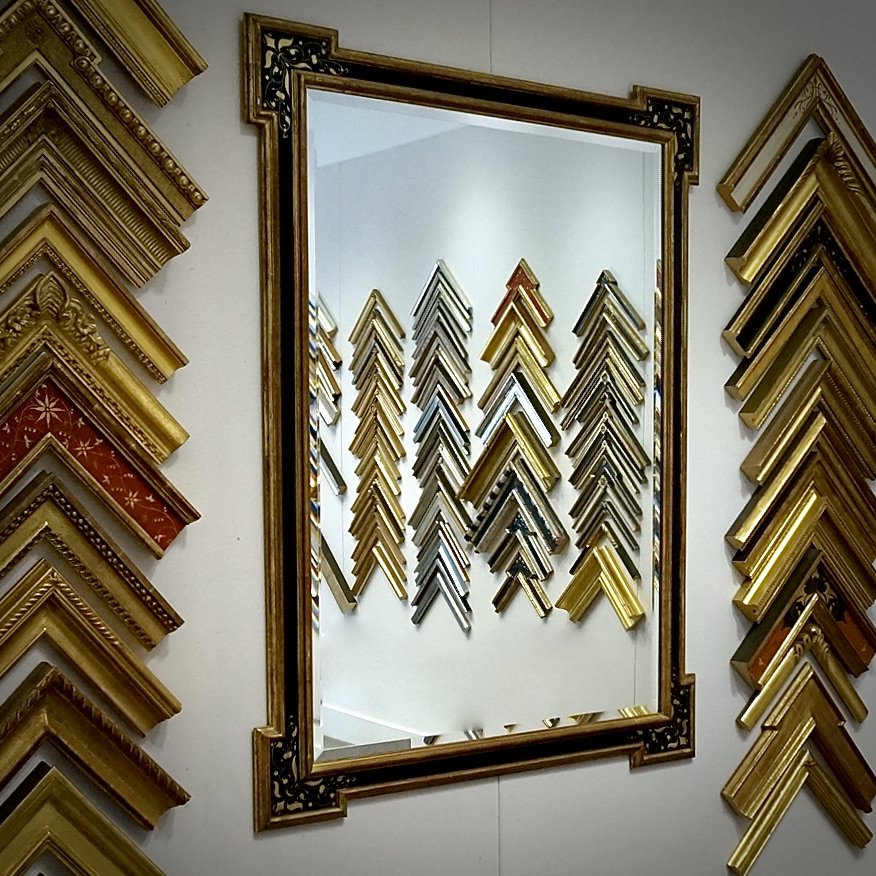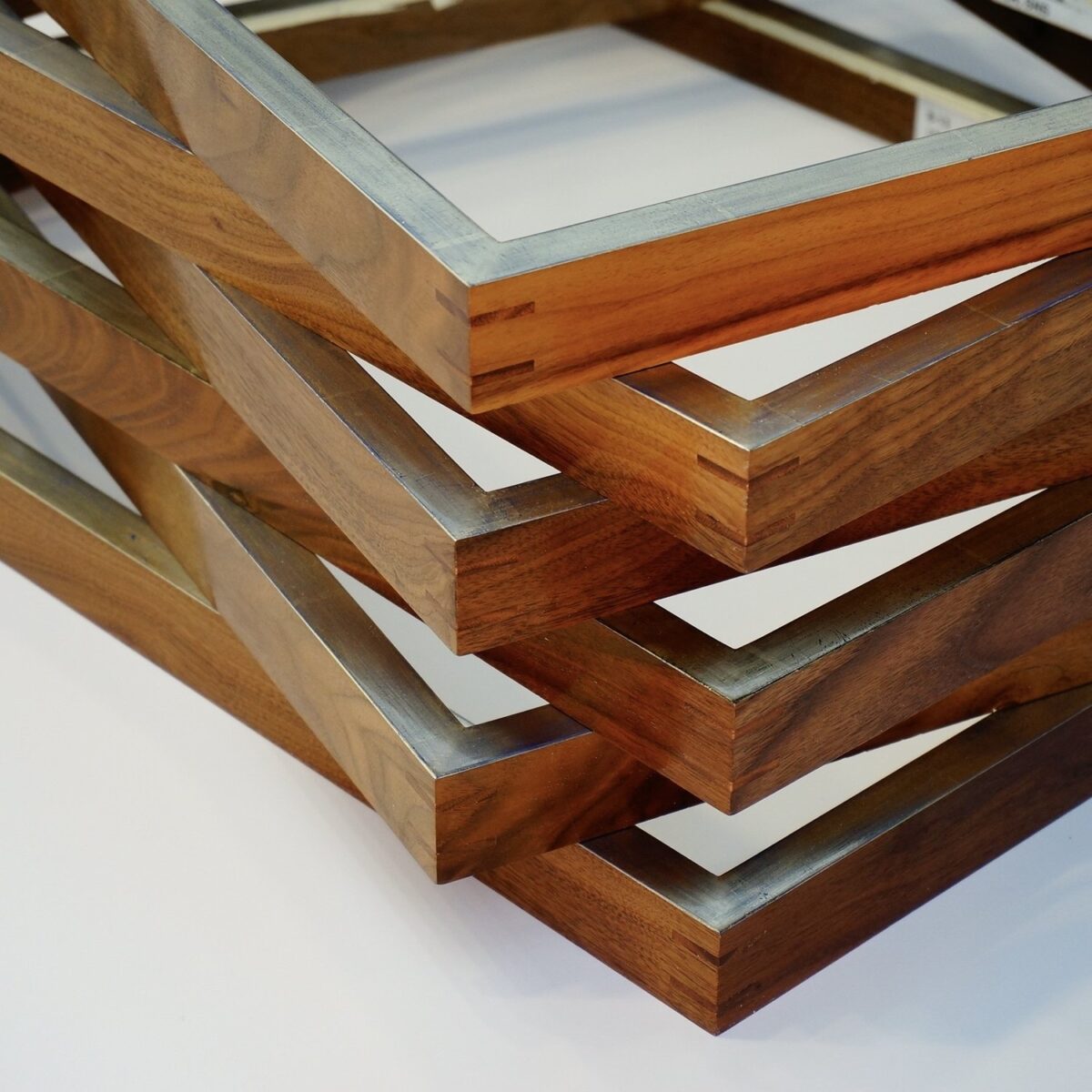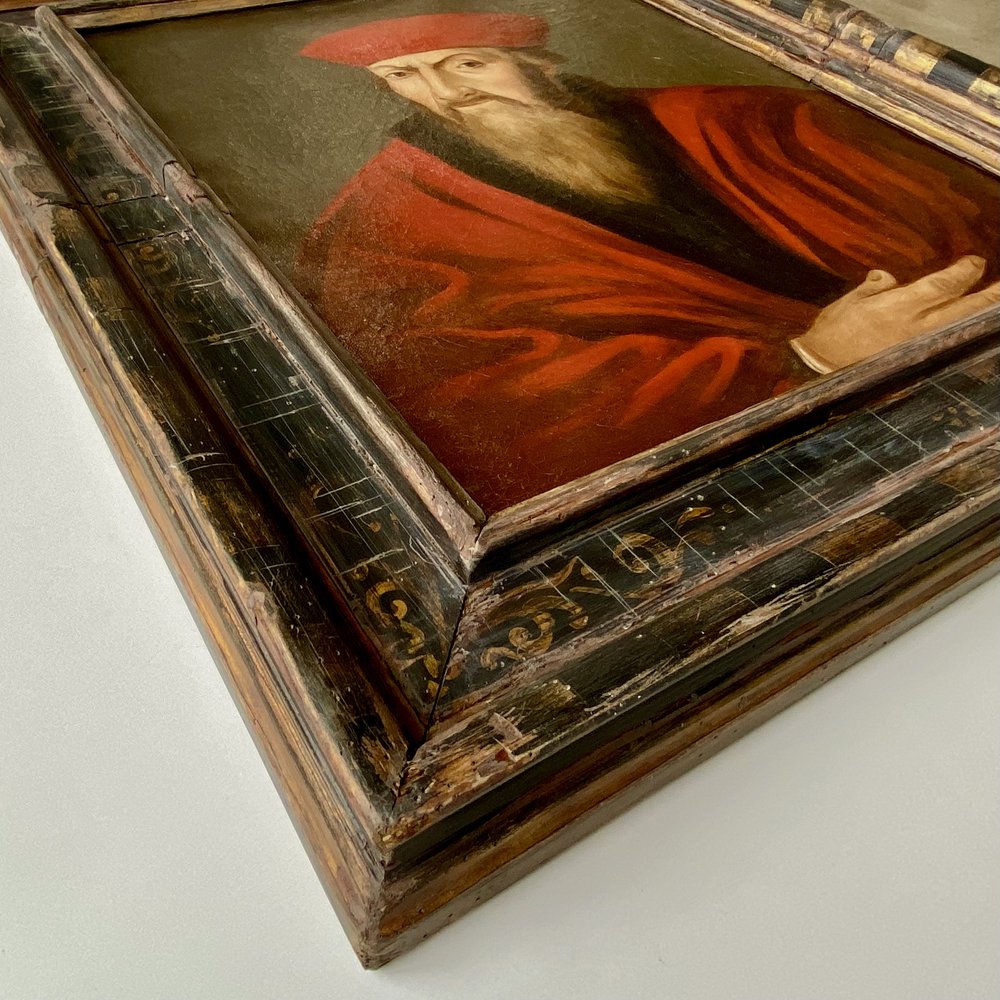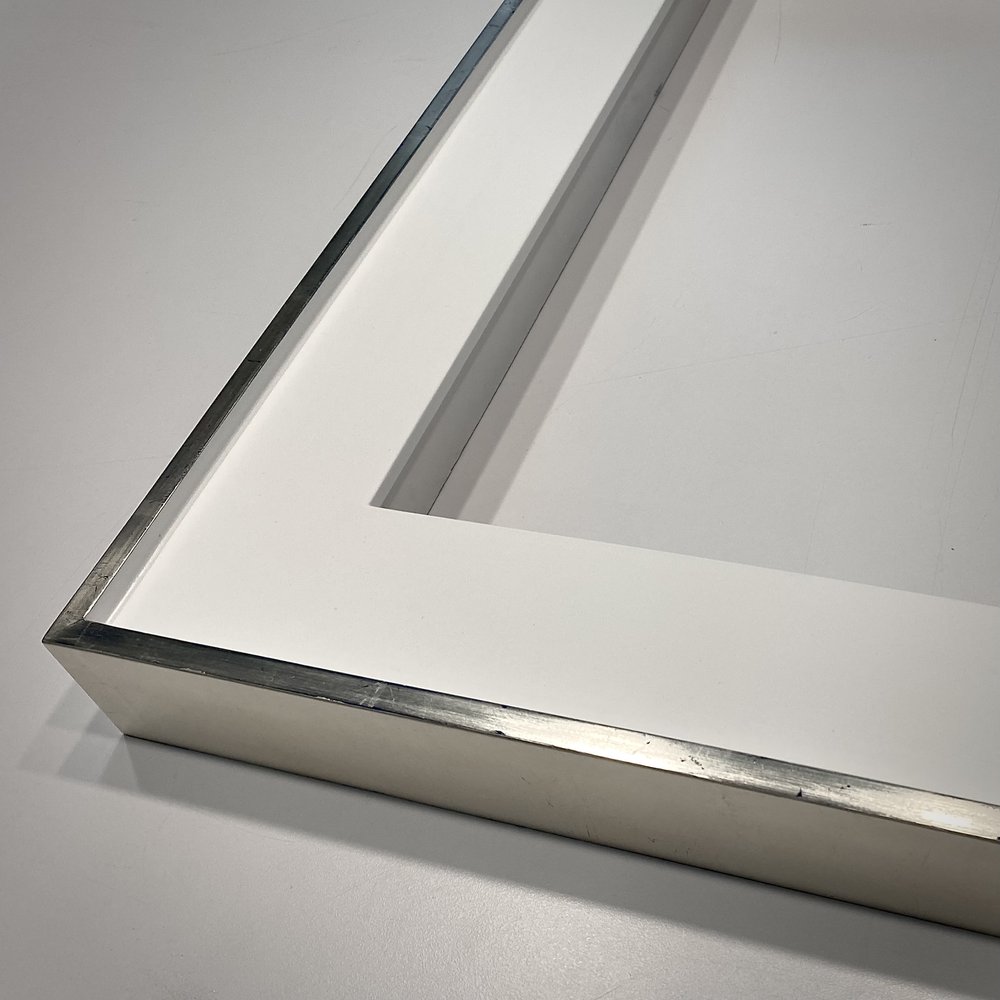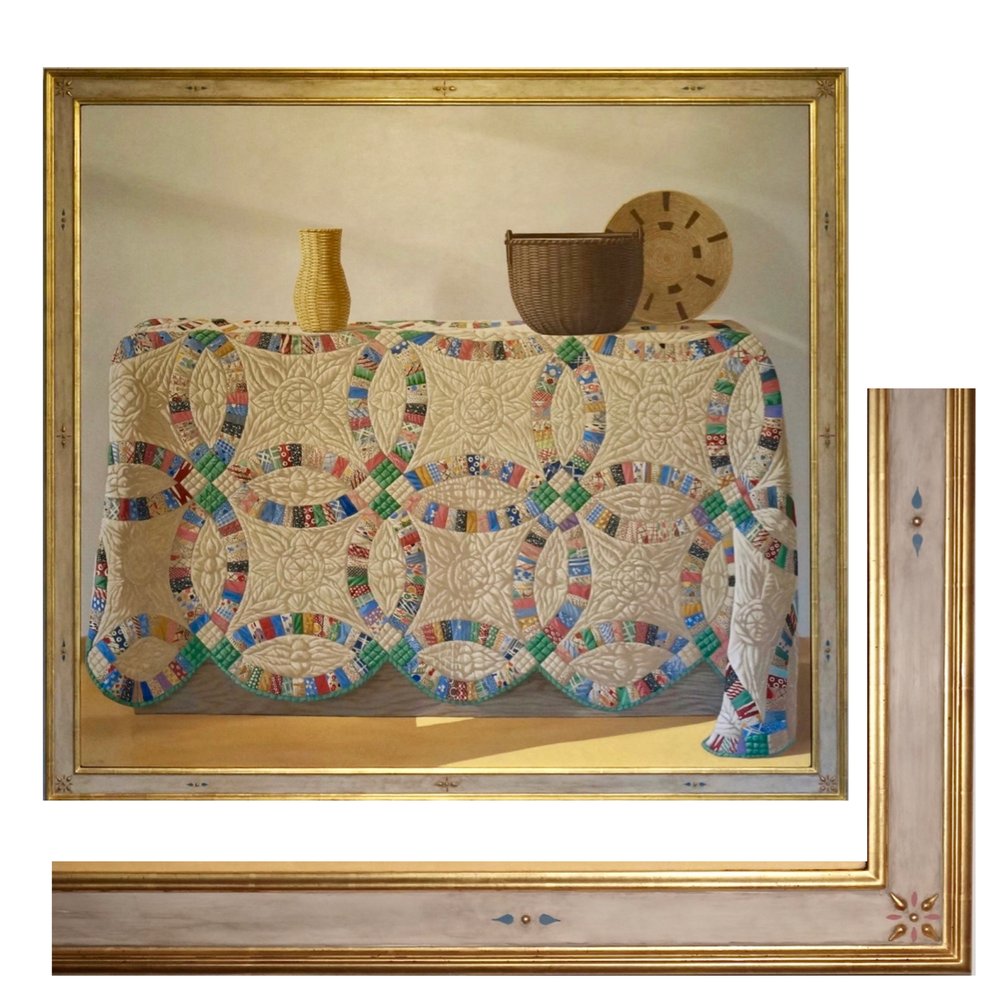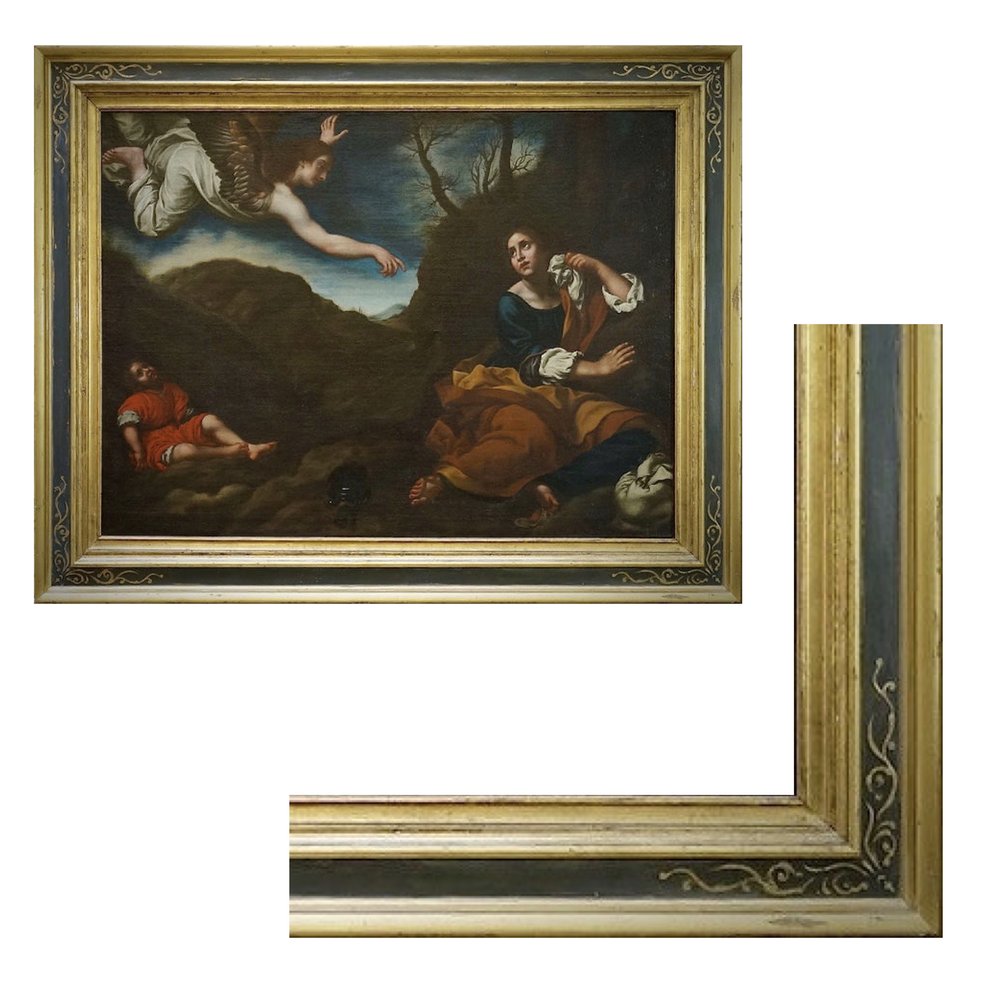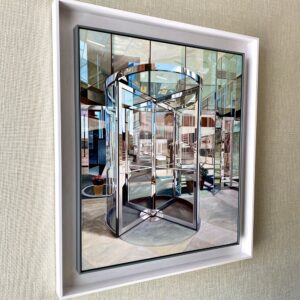Art Restoration 101 – Can it be Restored?
Art has the unique ability to capture moments in time, evoke emotions, and tell stories that span centuries. Whether it’s an old painting in a museum or a family heirloom passed down through generations, these treasures should be saved for the future. Unfortunately, the passage of time can take its toll on even the most well-kept pieces, making art restoration an essential service for maintaining their beauty and integrity.
At Metropolitan Frame Company, we specialize in various types of restoration, combining traditional craftsmanship with modern techniques to ensure your valuable pieces stand the test of time. In Art Restoration 101, we’ll explore the intricate world of art restoration, common challenges, and how professional services can restore the vibrancy and longevity of your cherished artworks.
What Is Art Restoration?
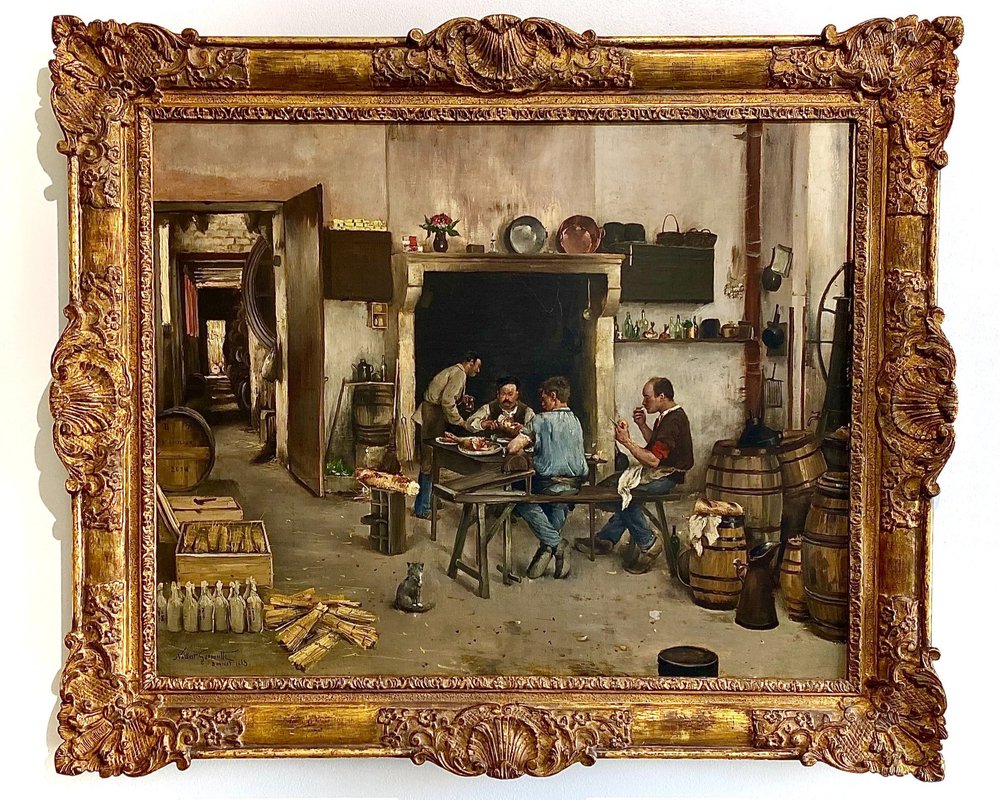
Art restoration means cleaning, fixing, and protecting art that has been harmed by time, weather, or accidents. The ultimate goal is not only to repair the damage but to restore the piece to as close to its original state as possible, without altering the artist’s original intent.
Painting restoration, a key focus within the broader field of art restoration, involves a careful balance of cleaning, repair, and preservation. Whether the damage is caused by natural aging, exposure to the elements, or accidental harm, professional restorers work with precision to restore the piece while ensuring that it remains true to its original form.
The Importance of Art Restoration
Artworks, especially those that are older, are susceptible to various forms of damage over time. Factors such as humidity, light exposure, dust, and pollution can degrade the materials used in a painting, leading to fading, cracking, and other forms of deterioration. Additionally, accidents like tears, punctures, or water damage can cause significant harm to a piece.
The primary purpose of art and painting restoration is to mitigate these effects and prevent further degradation. For example, a small tear in a canvas, if left untreated, can expand and potentially destroy a significant portion of the artwork. Similarly, the accumulation of dirt and grime over the years can obscure details, dull colors, and diminish the visual impact of the piece.
**Art Restoration 101 Note: Professional restoration helps maintain the integrity of the artwork while ensuring its historical, cultural, and emotional value remains intact. This is especially important for paintings that are passed down through generations or collected as investments.
Common Causes of Artwork Deterioration
Several factors contribute to the deterioration of paintings and artworks over time. Understanding these causes can help collectors, curators, and owners take proactive steps to protect their pieces:

- Aging: All artwork naturally ages, and this aging process can result in fading, discoloration, and cracking of the paint. Older paintings, especially those created before the 19th century, often suffer from these effects due to the materials used in the original work.
- Environmental Factors: Humidity, temperature changes, and exposure to sunlight are major contributors to the deterioration of paintings. Moisture can warp canvases and cause mold to develop, while heat and sunlight can cause fading and discoloration.
- Pollutants and Dust: Over time, airborne pollutants, smoke, and dust can accumulate on the surface of a painting, creating a layer of grime that obscures the original colors and details.
- Physical Damage: Tears, scratches, and punctures can occur due to accidents, mishandling, or poor framing. These physical damages can be particularly detrimental if not addressed promptly.
**Art Restoration 101 Note: Addressing these issues requires the expertise of a professional art restorer who can identify the root cause of the damage and apply the appropriate restoration techniques.
The Restoration Process at Metropolitan Frame
At Metropolitan Frame Company, our restoration experts follow a meticulous process that ensures the artwork is treated with the utmost care. Here’s an in-depth look at the steps involved in restoring a piece to its former glory:
1. Initial Assessment
Every restoration project begins with a comprehensive assessment of the artwork. This involves carefully examining the piece to identify areas of damage and deterioration. Our team looks for signs of cracking, fading, discoloration, tears, or any structural issues with the canvas or frame. The assessment helps us determine the scope of the restoration work and provides insight into the methods required for repair.
2. Cleaning the Artwork

Cleaning is one of the most critical steps in painting restoration. Dust, dirt, and other pollutants can accumulate on the surface of a painting, dulling its colors and obscuring details. However, cleaning must be done with great care to avoid damaging the original paint layers.
Our restorers use specialized cleaning agents and techniques to gently remove the grime without affecting the integrity of the paint. The result is often a dramatic revitalization of the painting’s original vibrancy and depth.
3. Repairing Structural Damage
In many cases, paintings suffer from physical damage such as tears, cracks, or holes in the canvas. Repairing these issues is essential to preserving the structural integrity of the artwork. Our team stabilizes the canvas using techniques such as re-lining or patching, depending on the extent of the damage. These repairs are done in a way that ensures the original canvas remains strong and stable for years to come.
4. Inpainting and Color Matching
Inpainting is the process of restoring areas where the original paint has chipped away or faded. Using color-matching techniques, our experts carefully apply new paint to the affected areas. The key to successful inpainting is ensuring that the new paint blends seamlessly with the original work, maintaining the visual cohesion of the piece.
Our team uses high-quality, reversible materials during this process, allowing future restorers to make adjustments if necessary.
5. Varnishing and Protection
After the restoration process is complete, a protective varnish or coating is applied to the painting. This layer helps protect the artwork from future damage caused by environmental factors, such as UV rays, humidity, and dust. Additionally, the varnish enhances the overall appearance of the painting, giving it a fresh, polished look.
Why Choose Professional Art & Painting Restoration?
Professional art and painting restoration is an investment in preserving the cultural, historical, and emotional value of an artwork. Attempting to restore a piece without the proper tools, experience, or knowledge can lead to further damage and devaluation of the piece.
At Metropolitan Frame Company, we have a long history of successfully restoring and preserving valuable works of art. Our skilled restorers understand the delicate balance required to revive a piece while preserving its authenticity and original intent. With years of experience in painting restoration, we’ve helped countless clients restore their treasured works of art, ensuring they can be enjoyed for generations to come.
Protect Your Art with Metropolitan Frame Company
Whether you have a painting in need of restoration or a cherished family heirloom requiring preservation, Metropolitan Frame Company offers expert restoration services to bring your artwork back to life. Our team uses advanced techniques to carefully assess, clean, repair, and protect each piece, ensuring its longevity and beauty.
Explore our full range of restoration services and learn how we can help you preserve your valuable artworks for future generations.

